
Police Tape 101: Everything You Need to Know
Police tape, commonly known as crime scene tape, is an important tool used by law enforcement to secure…
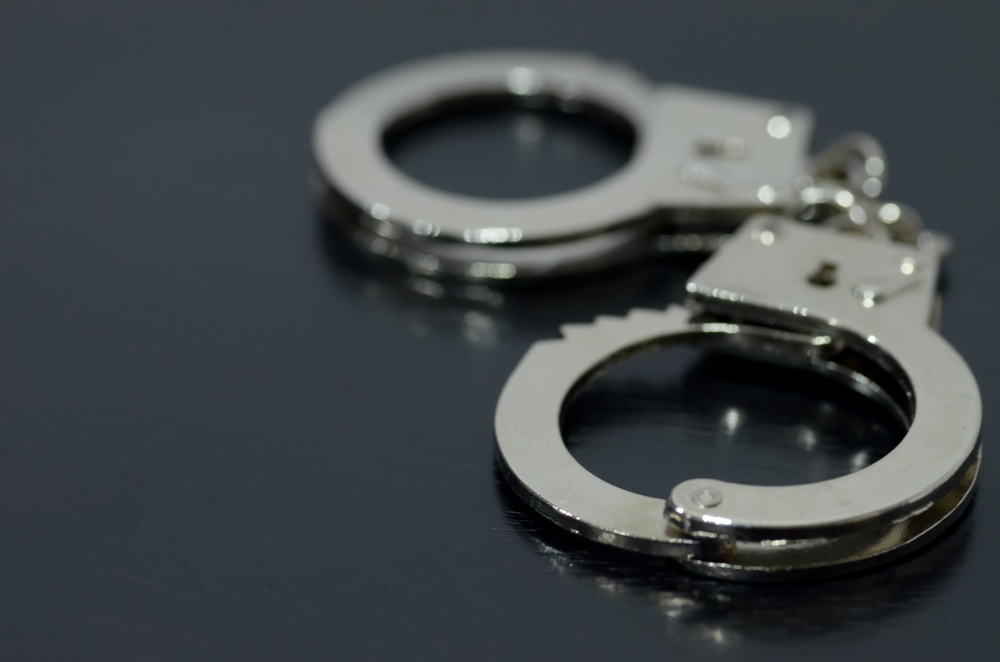
The difference between hinged and chained handcuffs is almost self-explanatory.
In short, hinged handcuffs are linked together with a hinge, and chained handcuffs are linked with a chain.
As long as you buy a pair from a well-known brand, such as Smith and Wesson, Peerless, ASP, Vipertek, or Hiatt, you can’t go wrong.
It makes more sense to discuss when to use a hinged handcuff versus when to use a chained handcuff. There are situations where hinged handcuffs are a better choice than chained handcuffs.
Foreverpolice has already written an article describing the different types of handcuffs and their pros and cons.
This article goes more in-depth regarding the specific differences between hinged and chained handcuffs.
Hinged handcuffs have less movement than chained handcuffs as they only allow movement in two directions. This gives the police officer applying the handcuffs better control.
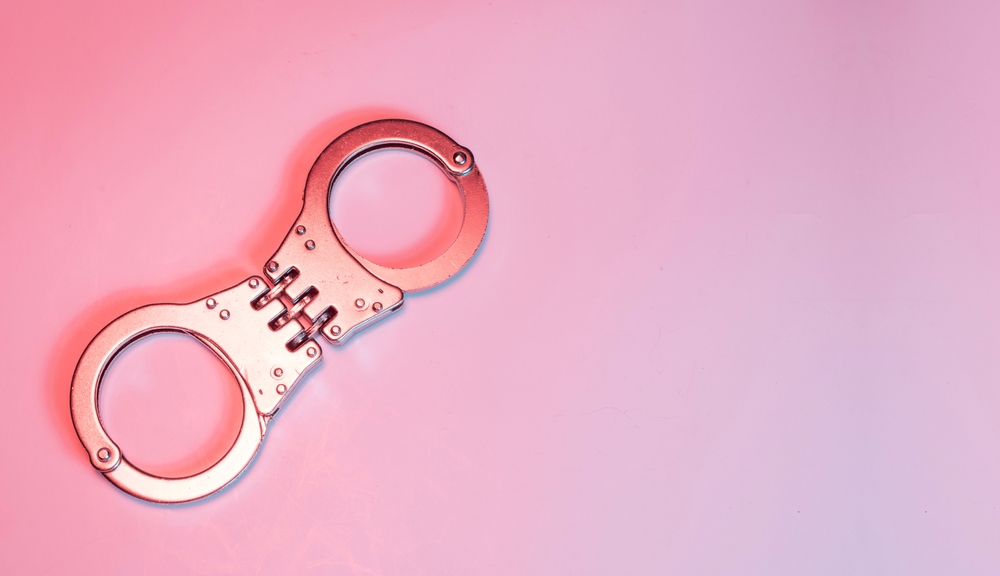
In a situation where a suspect is resisting while you attach the handcuffs, the reduced movement is very useful. You’ll probably be able to attach the handcuff to one of the wrists. Then, you can use the handcuff to inflict pain to the suspect’s wrist. He will then be more likely to follow your movements as you use the hinged handcuff to bend his arm in the right position and ask for the other arm.
Just remember not to use more force than absolutely necessary to get the handcuffs on. I know that the use of force is sometimes needed and there are times when the suspect is fighting so hard that we have to use a lot of force. However, there have been too many incidents where police officers have used excessive force when arresting people, and that should be avoided if at all possible.
If a person has low mobility, it can be really hard and painful for the subject to use hinged handcuffs. You should also be aware that the risk for stopping the blood flow to a person’s hand is higher with hinged handcuffs.
In short, hinged handcuffs are a better choice than chained handcuffs in a situation where you need some extra control over the subject.
Chained handcuffs are probably the type of police handcuffs used most often.
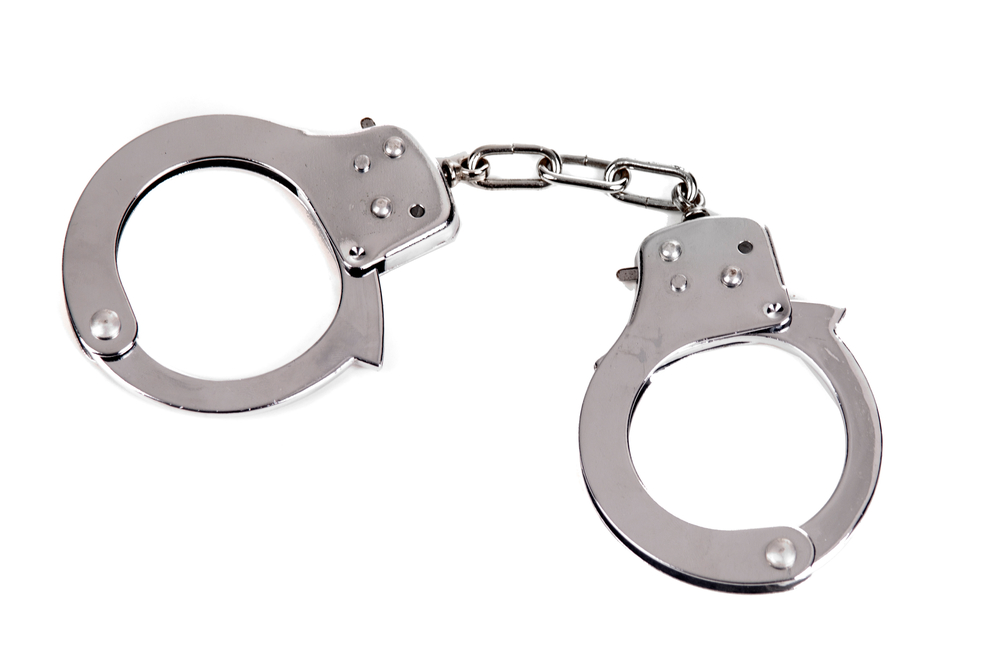
Chained handcuffs have a chain that links the handcuffs together and therefore have a wider range of movement than hinged handcuffs. This means that the suspect can move their hands freely and is only restricted by the length of the chain.
Because of the chained handcuffs’ ability to rotate and tilt, chained handcuffs are often easier to apply than hinged handcuffs, especially when the person you’re arresting has low joint mobility.
The ability to rotate and tilt the handcuffs can also make it harder for you to control the suspect if he or she resists. That being said, chained handcuffs are not a bad option. In general, they are really good and give you the amount of control needed in almost any situation.
In most cases, chained handcuffs are the best option.
What’s going to work best for you is up to you to decide. But let me put it this way:
If you’re going to carry only one type of handcuffs, I would suggest chained handcuffs as they are the best overall choice.
As I already mentioned, if you choose one of the well-known brands, you can’t go wrong.
There are not many differences between the brands but there are a couple. We’ve reviewed the two most popular brands in this mini-guide: Peerless vs Smith and Wesson Handcuffs.
Also check out our article on the best chained handcuffs and the article on the best hinged handcuffs.

Police tape, commonly known as crime scene tape, is an important tool used by law enforcement to secure…
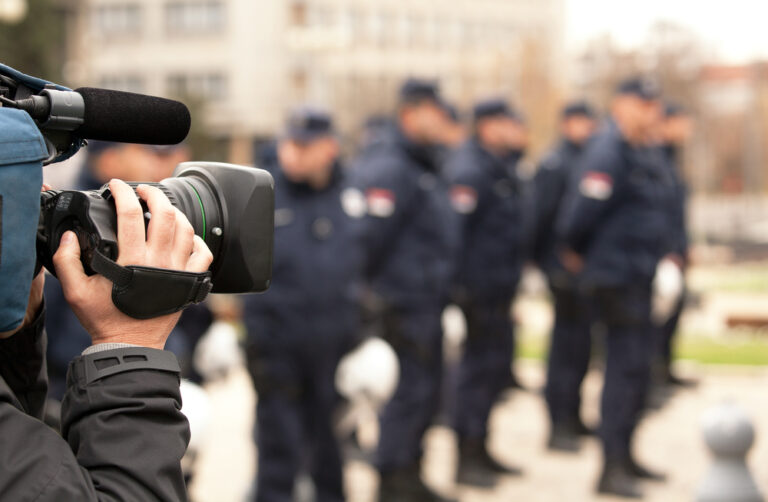
The police are called daily regarding various incidents of public interest. It is our responsibility to provide the…
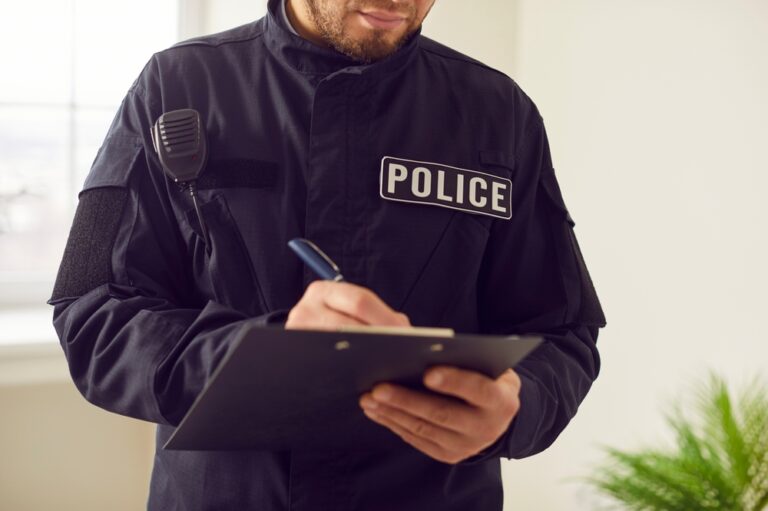
Many police officers experience terrible, traumatic events in the line of duty. A significant number of police officers…